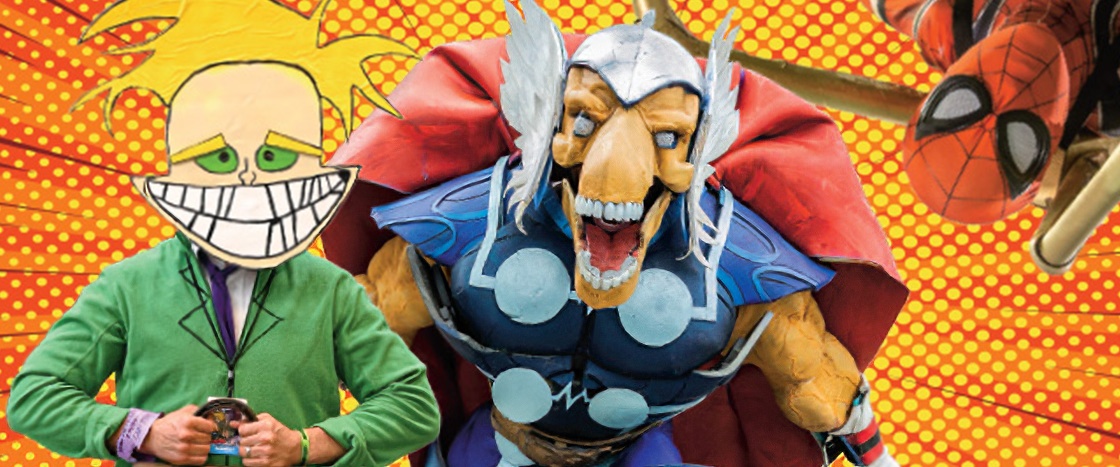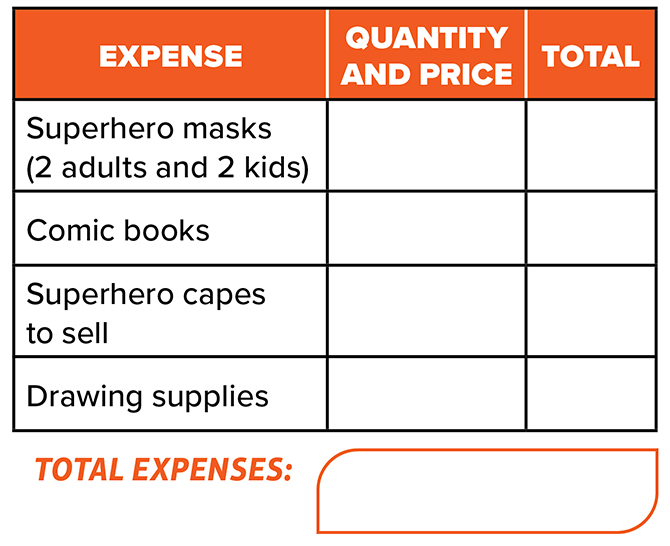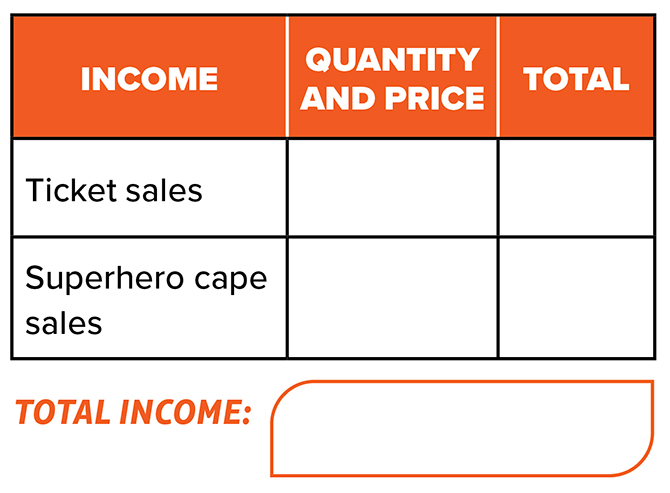For four days in October, roughly 250,000 people head to New York City for one of the most popular conventions in the world—New York Comic Con. At events like this, fans meet celebrities, dress up like comic characters, play games, and much more.
For a huge event, the team that plans it is small—only about 30 people. Christopher D’Lando is one of them.
For four days in October, roughly 250,000 people head to New York City. They’re going to one of the most popular conventions in the world: New York Comic Con. At events like this, fans meet celebrities. They dress up like comic characters. They play games and so much more! It’s a huge event. But the team that plans it is small. It has only about 30 people. Christopher D’Lando is one of them.



